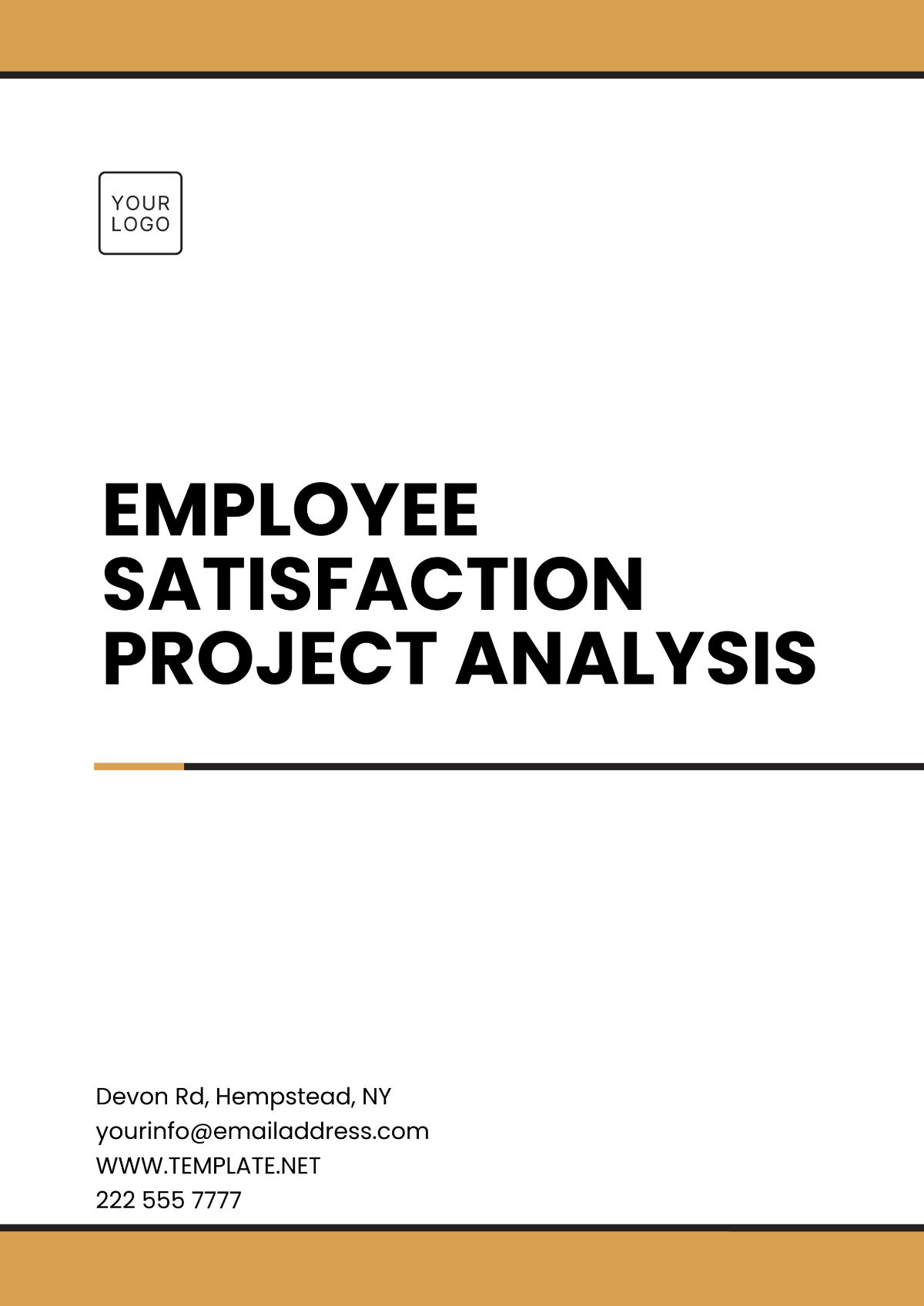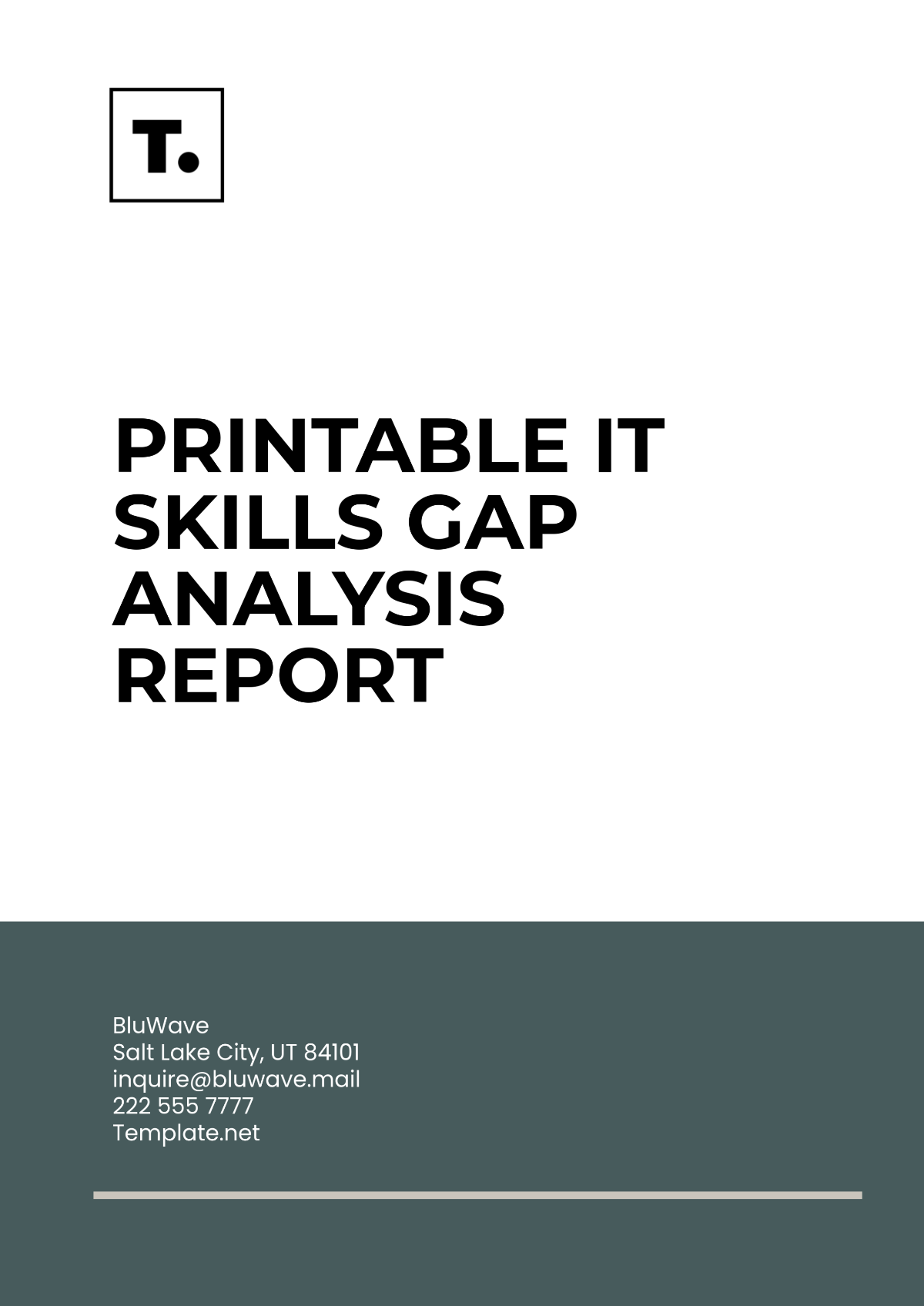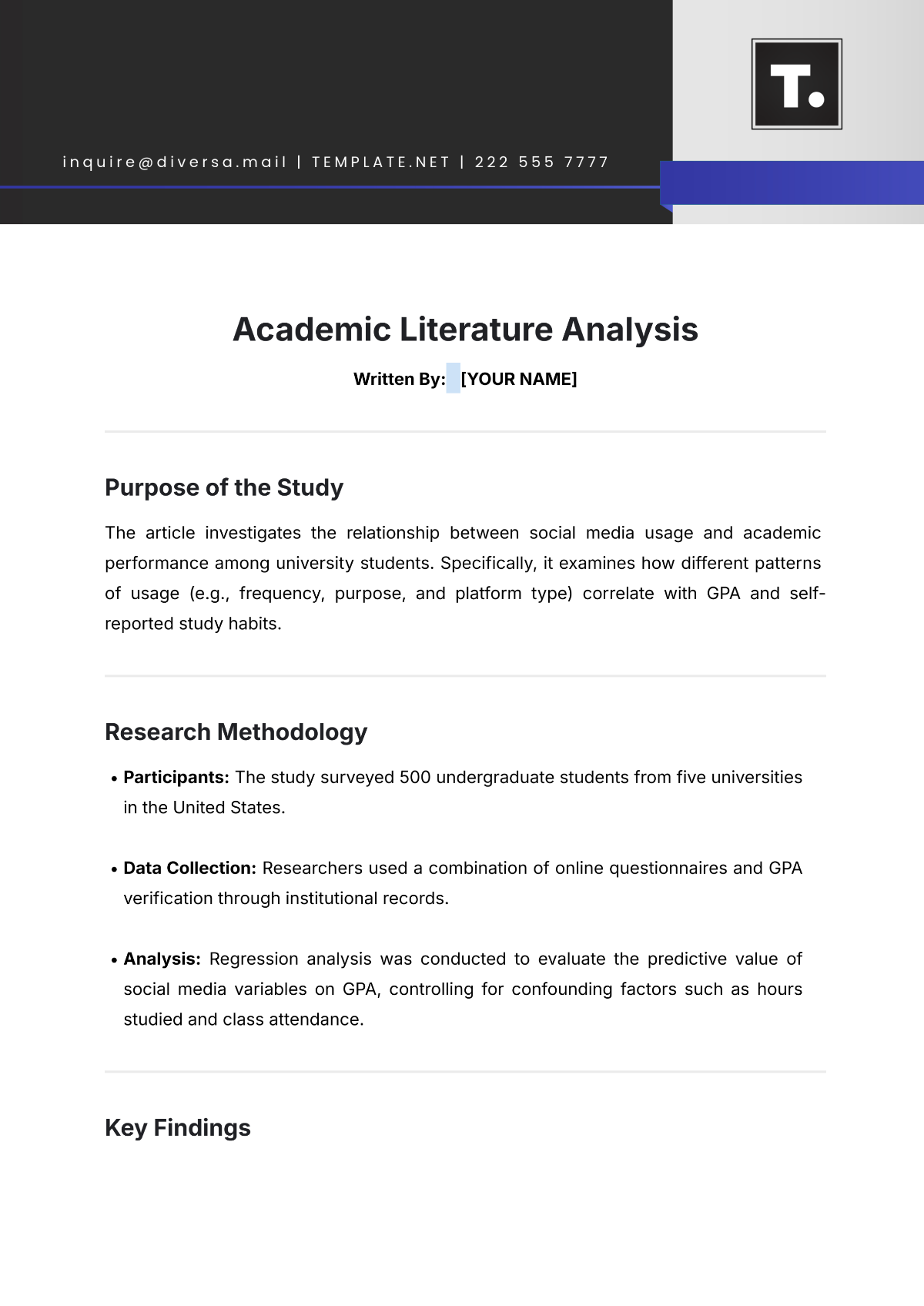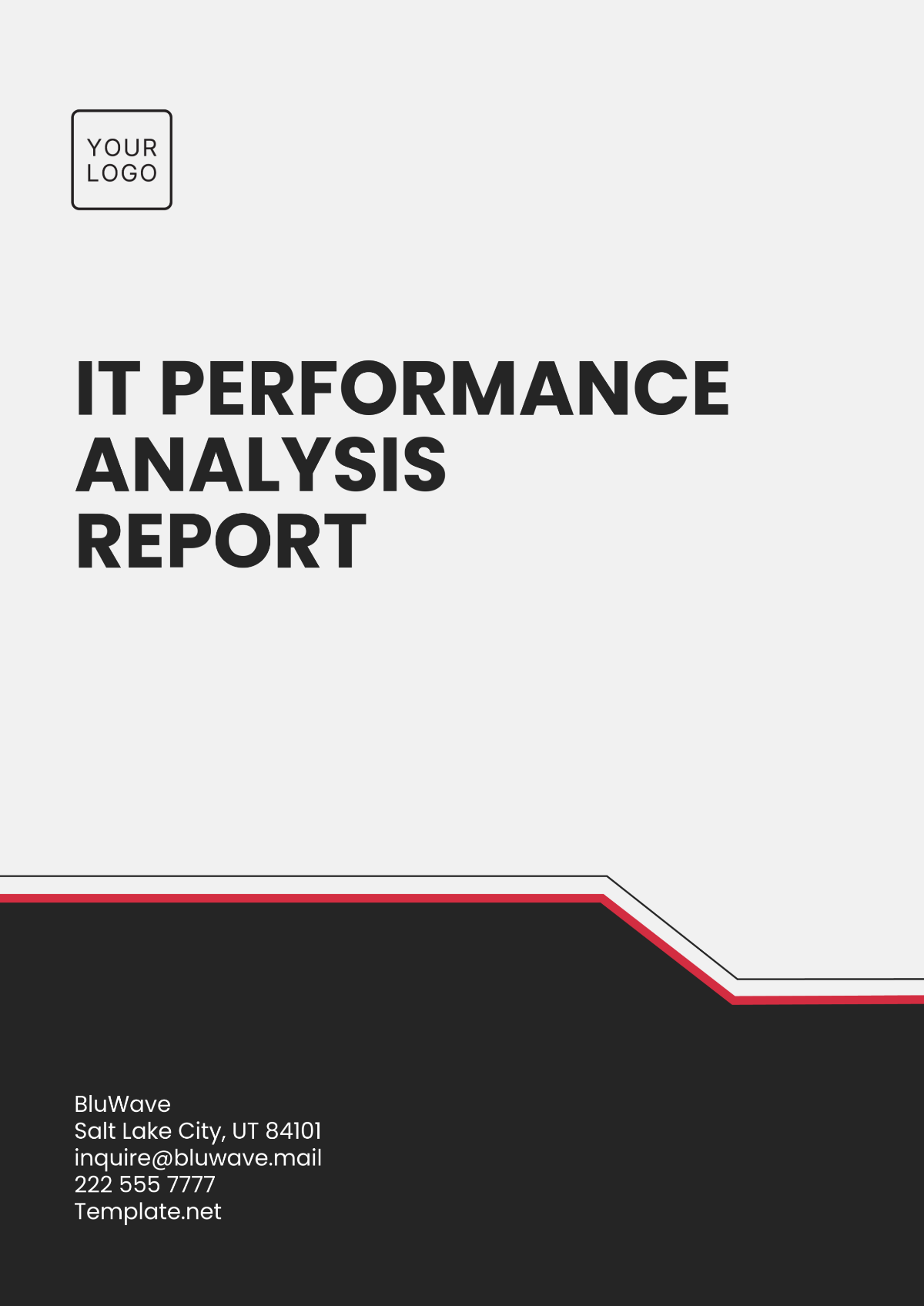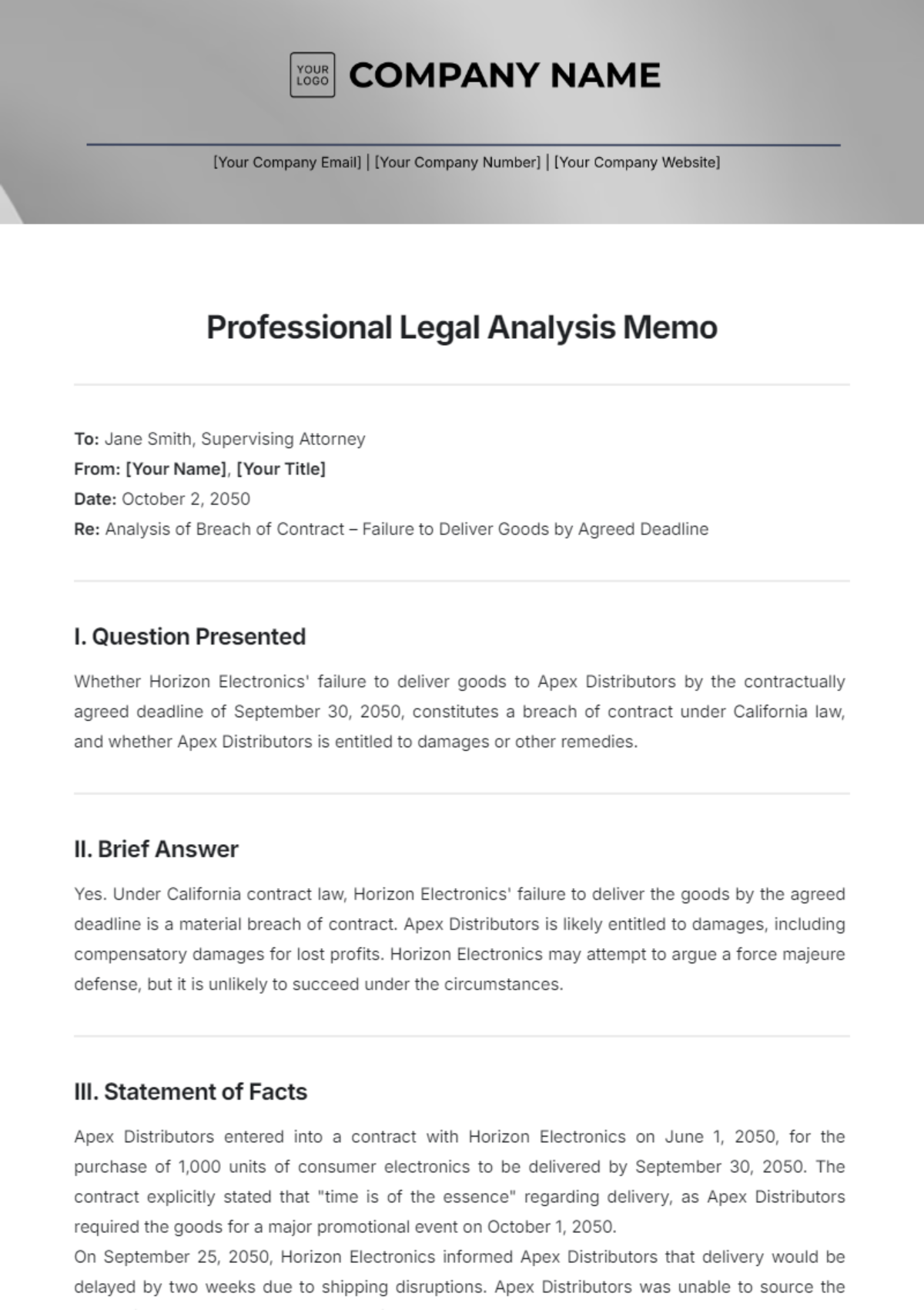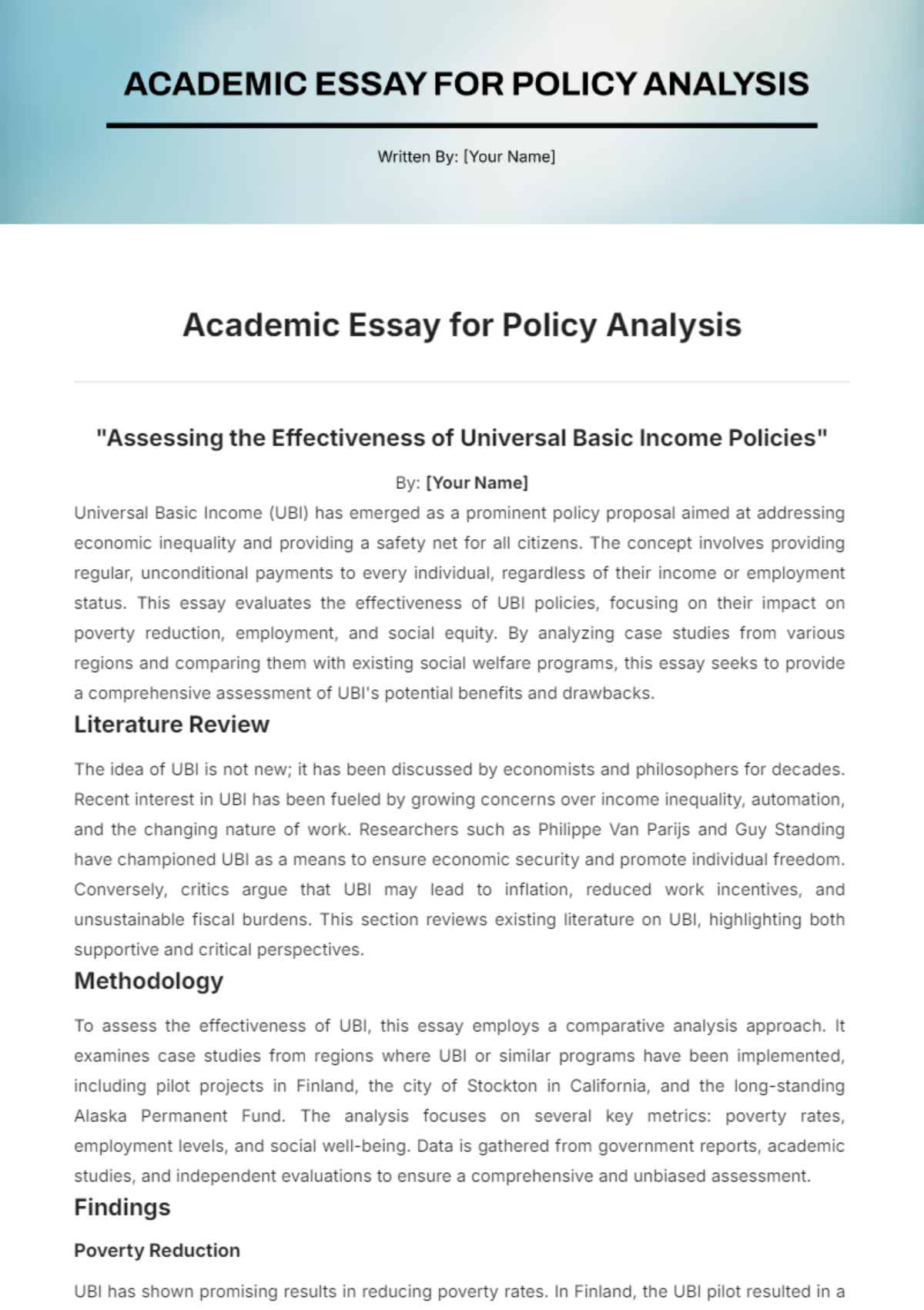School Requirement Analysis
I. Introduction
[Your Company Name] has undertaken an in-depth analysis to determine the specific requirements of the school system. This document outlines the findings and recommendations based on the latest research and stakeholder interviews.
A. Purpose
The purpose of this analysis is to identify the key requirements necessary to enhance the educational environment and operational efficiency at [Your School Name]. By addressing these needs, we aim to improve the overall quality of education, student experience, and staff satisfaction.
B. Scope
The analysis covers five main areas essential to the overall development and operational efficiency of [Your School Name]:
Facility Requirements
The physical environment of a school significantly impacts the learning and teaching experiences. This analysis examines the current state of the school's infrastructure, including classrooms, laboratories, sports facilities, and safety protocols. By identifying areas that need improvement and recommending necessary upgrades, we aim to create a conducive learning environment that supports both academic and extracurricular activities. This includes modernizing classrooms with the latest technology, ensuring all facilities are accessible to students with disabilities, and enhancing safety measures to protect students and staff.
Staffing Needs
Effective staffing is crucial for delivering high-quality education and maintaining smooth school operations. This section evaluates the current staffing levels, including teachers, administrative personnel, and support staff, against the recommended standards. The analysis identifies gaps and proposes strategies to recruit, train, and retain qualified staff. By addressing staffing needs, the school can ensure that there are enough educators to maintain optimal student-teacher ratios, sufficient administrative staff to handle school operations efficiently, and adequate support staff to assist with various school functions.
Technology Integration
In the digital age, technology plays a vital role in education. This part of the analysis assesses the existing technological infrastructure of the school, including hardware, software, and internet connectivity. It identifies deficiencies and outlines a plan to integrate modern technology into the educational framework. The goal is to provide students and teachers with the tools they need to enhance learning experiences and improve administrative efficiency. Recommendations may include upgrading computer labs, implementing high-speed internet across the campus, introducing interactive whiteboards in classrooms, and adopting a robust Learning Management System (LMS) to support online and blended learning.
Curricular Enhancements
A well-rounded curriculum is fundamental to preparing students for future challenges. This analysis reviews the current curriculum to ensure it meets educational standards and addresses the diverse needs of students. It highlights the importance of integrating STEM (Science, Technology, Engineering, and Mathematics) programs, enriching arts and humanities courses, and offering a variety of extracurricular activities and elective courses. Additionally, the analysis emphasizes the need to incorporate global awareness and multicultural education to prepare students for an increasingly interconnected world. By enhancing the curriculum, the school can provide students with a comprehensive education that fosters critical thinking, creativity, and cultural competence.
Student Services
Student services are critical to supporting the holistic development of students. This section evaluates the effectiveness of current student support services, including mental health counseling, academic advising, special education, and extracurricular support. The analysis identifies areas where additional resources and improvements are needed to better support the student body. Recommendations include expanding mental health and counseling services, enhancing college and career readiness programs, increasing support for students with special needs, and facilitating peer mentoring and tutoring services. By strengthening student services, the school can ensure that all students have access to the support they need to succeed academically and personally.
Each of these areas is thoroughly examined to provide a comprehensive understanding of the current state of [Your School Name] and to offer actionable recommendations for improvement. By addressing these key components, the school can create a more effective, supportive, and enriching educational environment for all students.
II. Facility Requirements
A. Current State Analysis
The current infrastructure of [Your School Name] was evaluated to identify strengths and areas needing improvement. The assessment included classrooms, laboratories, libraries, sports facilities, and accessibility features.
B. Recommendations
1. Upgrade Classrooms with Modern Learning Technologies:
Equip classrooms with interactive whiteboards and projectors.
Provide ergonomic furniture to support student comfort and health.
Improve acoustics and lighting for better learning environments.
2. Enhance Safety Protocols and Equipment:
Install advanced security systems including surveillance cameras and controlled access points.
Update emergency response plans and conduct regular drills.
Provide modern fire safety equipment and ensure compliance with safety regulations.
3. Expand Recreational and Sports Facilities:
Develop new sports fields and indoor recreational areas.
Upgrade existing gymnasium with modern equipment.
Create spaces for extracurricular activities such as art studios and music rooms.
4. Improve Accessibility for Students with Disabilities:
Install ramps, elevators, and accessible restrooms.
Provide assistive technologies in classrooms.
Ensure compliance with ADA (Americans with Disabilities Act) standards.
Facility Upgrades | Current Status | Recommended Improvements |
|---|---|---|
Classrooms | Outdated equipment | Modern learning technologies |
Safety Protocols | Basic systems | Advanced security and safety systems |
Recreational and Sports Facilities | Limited facilities | Expanded and upgraded facilities |
Accessibility | Partially accessible | Full ADA compliance |
III. Staffing Needs
A. Current Staffing Overview
The current staffing levels were assessed to determine adequacy in meeting the educational and operational needs of the school.
Position | Current Staff | Recommended Staff |
|---|---|---|
Teachers | 50 | 60 |
Administrative Staff | 10 | 12 |
Support Staff | 20 | 25 |
B. Recruitment Plan
To meet the recommended staffing levels, a comprehensive recruitment plan is proposed.
1. Develop Job Descriptions and Requirements:
Clearly outline roles, responsibilities, and qualifications for each position.
2. Post Job Listings:
Utilize various platforms including [Your Company Website], [Your Company Social Media], and job boards such as Indeed and LinkedIn.
3. Conduct Interviews and Assessments:
Implement a rigorous selection process including multiple interview rounds, skill assessments, and reference checks.
4. Onboard New Staff Members with Comprehensive Training Programs:
Provide orientation sessions, professional development workshops, and ongoing support to integrate new hires effectively.
IV. Technology Integration
A. Current Technology Assessment
An evaluation of the existing technology infrastructure was conducted to identify gaps and opportunities for improvement. Areas assessed included classroom technology, computer labs, internet connectivity, and software applications.
B. Implementation Plan
1. Introduce Interactive Whiteboards in All Classrooms:
Enhance interactive learning and engagement.
Provide training for teachers on effective use.
2. Upgrade Computer Labs with the Latest Hardware and Software:
Replace outdated computers with new models.
Install updated software to support the curriculum.
3. Ensure High-Speed Internet Connectivity Throughout the Campus:
Upgrade network infrastructure to support high-speed internet.
Provide reliable Wi-Fi access in all areas of the school.
4. Implement a Robust Learning Management System (LMS):
Facilitate online learning, resource sharing, and communication.
Integrate with existing school systems for seamless operation.
Technology Upgrades | Current Status | Recommended Improvements |
|---|---|---|
Interactive Whiteboards | Limited availability | Install in all classrooms |
Computer Labs | Outdated equipment | Upgrade hardware and software |
Internet Connectivity | Inconsistent | High-speed, reliable connectivity |
Learning Management System | Basic functionality | Implement advanced LMS |
V. Curricular Enhancements
A. Current Curriculum Review
The current curriculum was reviewed to ascertain its effectiveness and relevance in preparing students for future challenges. Input was gathered from teachers, students, and educational experts.
B. Suggested Improvements
1. Integrate STEM (Science, Technology, Engineering, and Mathematics) Programs:
Develop STEM-focused courses and activities.
Partner with local businesses and universities for resources and expertise.
2. Enhance Arts and Humanities Coursework:
Expand offerings in visual arts, music, theater, and literature.
Incorporate cultural studies and global awareness modules.
3. Offer More Extracurricular Activities and Elective Courses:
Provide a wide range of clubs, sports, and interest-based electives.
Encourage student participation in activities that foster creativity and teamwork.
4. Incorporate Global Awareness and Multicultural Education Modules:
Introduce courses on international relations, cultural studies, and global issues.
Promote understanding and respect for diverse cultures and perspectives.
Curricular Enhancements | Current Status | Recommended Improvements |
|---|---|---|
STEM Programs | Limited offerings | Develop comprehensive STEM curriculum |
Arts and Humanities Coursework | Basic courses | Expand and enrich course offerings |
Extracurricular Activities | Few options | Increase variety and number of activities |
Global Awareness Modules | Minimal focus | Integrate multicultural education |
VI. Student Services
A. Student Support Analysis
Current student services were evaluated to determine their effectiveness in supporting the student body. This included counseling services, career guidance, special education, and extracurricular support.
B. Enhancement Recommendations
1. Expand Mental Health and Counseling Services:
Hire additional counselors to reduce student-to-counselor ratios.
Provide training for staff on mental health awareness and support strategies.
2. Improve College and Career Readiness Programs:
Offer workshops on college applications, financial aid, and career planning.
Develop partnerships with local businesses for internships and job shadowing opportunities.
3. Increase Support for Students with Special Needs:
Hire specialized staff and provide targeted training.
Ensure access to necessary resources and accommodations.
4. Facilitate Peer Mentoring and Tutoring Services:
Establish peer mentoring programs where older students support younger peers.
Provide tutoring services in various subjects to help students improve academically.
Student Services Enhancements | Current Status | Recommended Improvements |
|---|---|---|
Mental Health and Counseling | Limited resources | Expand services and hire more counselors |
College and Career Readiness | Basic support | Develop comprehensive readiness programs |
Special Needs Support | Inadequate resources | Increase staff and resources for special needs |
Peer Mentoring and Tutoring | Informal arrangements | Establish structured programs and services |
VII. Conclusion
This School Requirement Analysis provided by [Your Company Name] highlights the key areas of improvement necessary to bolster the educational framework at [Your School Name]. By implementing the recommendations across facilities, staffing, technology, curriculum, and student services, [Your School Name] can create a more conducive learning environment and promote academic excellence. These improvements will not only enhance the educational experience for students but also support teachers and staff in delivering high-quality education.
Contact Information
Name: [Your Name]
Email: [Your Email]
Phone: [Your Phone Number]
Company: [Your Company Name]
Address: [Your Company Address]















